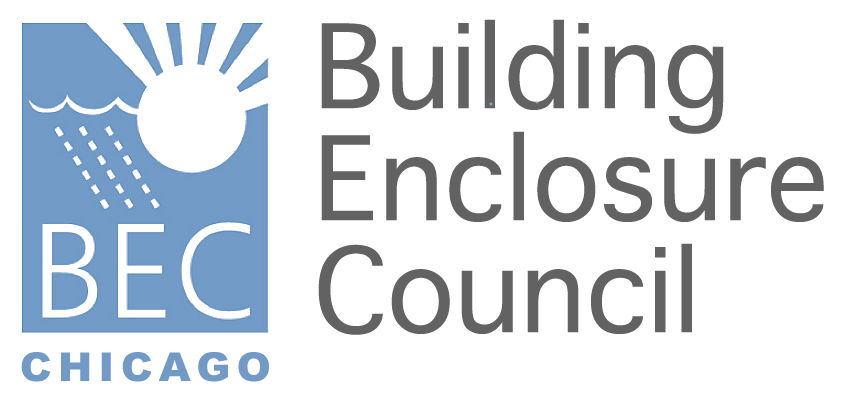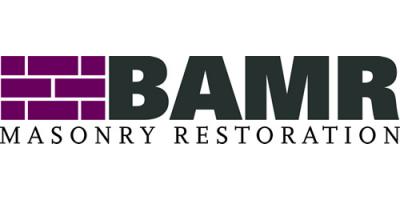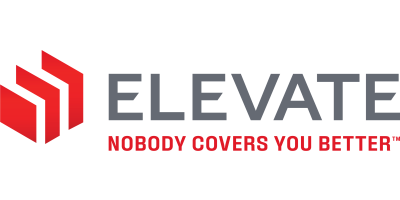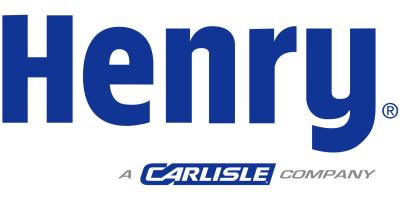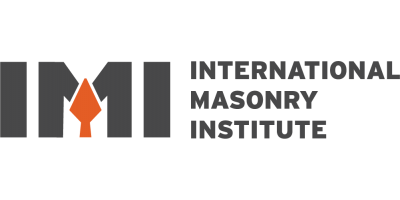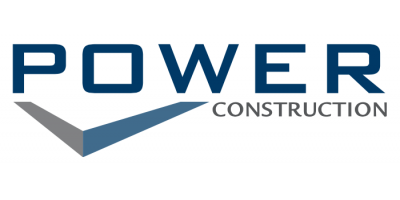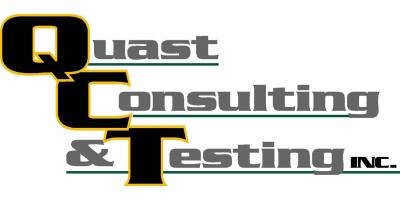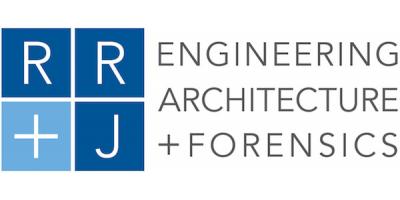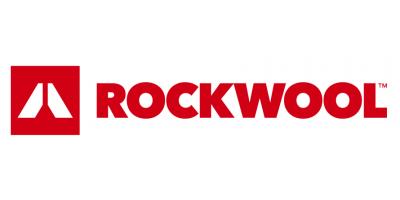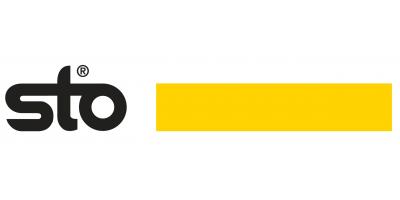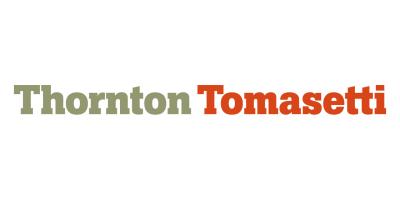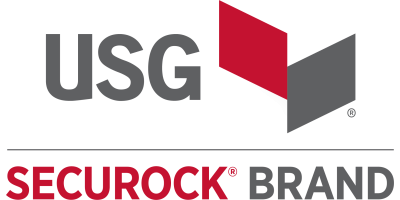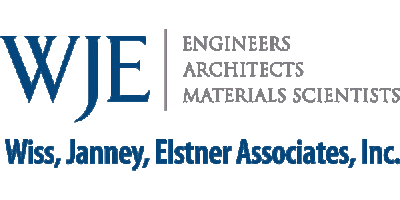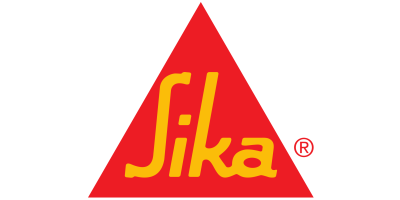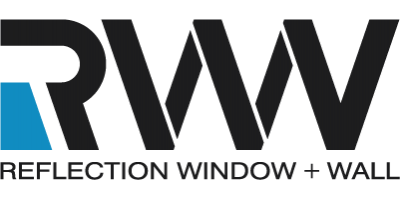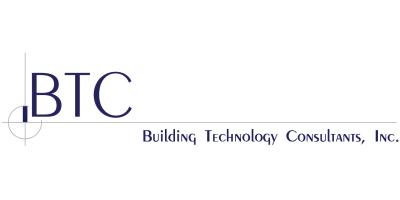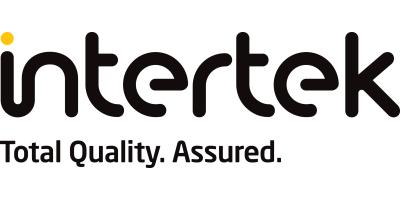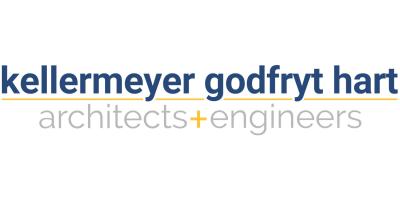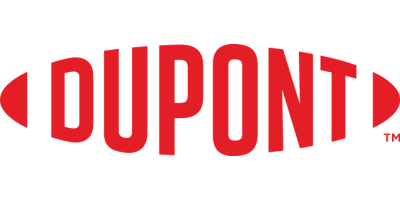| Location | 11 East Madison, Suite 300, Chicago, IL (Gensler) |
AIA CREDIT: Yes
ABSTRACT:
When an Architect designs a custom cladding, it is not uncommon to require a mock-up to verify enclosure performance, before construction commences. Such a mock-up will typically be constructed by the specialty enclosure subcontractor, once that contractor has been selected through bidding or by negotiations. But what if the enclosure is so far “off the shelf” that even a sophisticated enclosure contractor will have difficulty understanding how to bid the intricate design? And, what if the Owner is worried that this will result in “risk-adverse” bidding - with built-in fudge factors in the bid pricing.
In the case study that will be presented, these concerns led to a relatively unique proposal by the design team - build a full-scale mock-up of the proposed enclosure DURING the design phase. This way, the design can be built and tested to demonstrate that it works - BEFORE it is issued for bid. Allowing the bidders to visit and observe first-hand the mock-up will give bidders more confidence in their pricing. It also can help avoid a successful bidder from concluding that the design “looks good on paper,” but it can’t really be built that way - which can trigger a round of uncomfortable VE proposals.
Bruce Kaskel of WJE will review this process as it was applied in the re-cladding design of the US Air Force Academy Cadet Chapel in Colorado Springs, CO. The case study will review how shop drawings, extrusion die drawings, and panel fabrication drawings were all prepared under our auspices as necessary to build two full-scale representations of the proposed re-cladding design. The process included hiring an extruder to push custom aluminum shapes; a fabricator to build the custom panels; and tradesmen to erect it at a certified test lab. The test protocol which was developed during the design process was then implemented on these mock-ups. The “lessons learned” from this testing (yes it leaked the first time around) where resolved and added to the final construction documents, now being bid by contractors.
LEARNING OBJECTIVES:
- Understand the basics of enclosure mock-ups and when are they included in a project.
- Recognize the standard protocol for such mock-ups - led by the specialty subcontractor.
- Appreciate when it would make sense to deviate from the standard protocol.
- Explore the case study example of an Architect-led mock-up constructed and tested before the project was bid.
PRESENTER BIO:
Bruce Kaskel is an Architect and Structural Engineer with Wiss, Janney, Elstner Associates, Inc. He has over 35 years’ experience with cladding and glazing - both investigative and repair designs. He served as the Project Manager on the WJE team participating in the re-cladding design of the US Air Force Academy Cadet Chapel. The re-cladding design is completed. Currently the Government is bidding the project with anticipated start of construction in early 2019.
RSVP:
For BEC Chicago members, an RSVP invite will be sent out approximately 7 to 10 days in advance of event. For non-BEC Chicago members interested in attending, you may contact Jeff Diqui at jdiqui@imiweb.org to request an invite. The inviation will include a link to a mandatory RSVP.
